Biomolecule and Fermentation Gallery
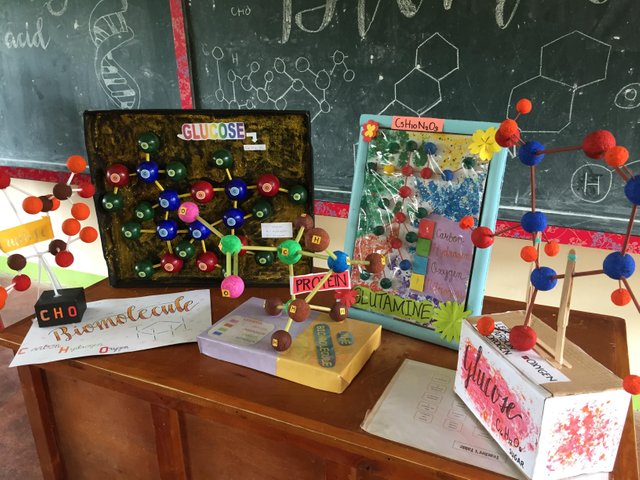
Biological Molecules
One of the highlights of end of a grading period is the project presentation (other than the dreaded, quarterly examination bwahahah).
On the topic of Biomolecules, my students got acquainted with the names and functions of every biomolecules inside the body. They took exploration on their structures and its relevance to their action biochemically. I also included the value of good eating habits, good nutrition, since all of these molecules are taken from the food that we eat.
And these are their outputs.
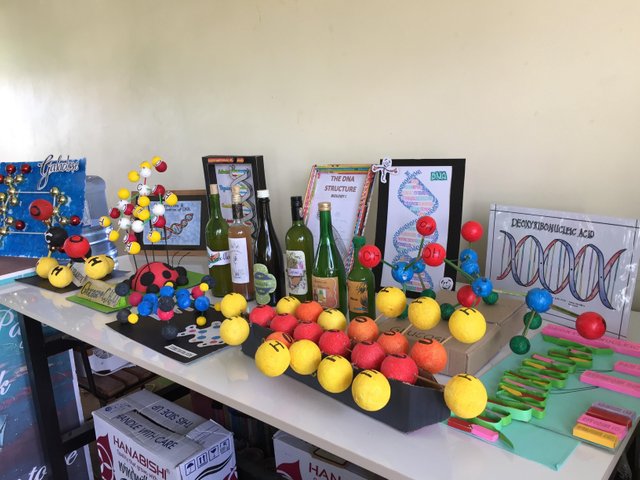
There is a saying that, >"We are, what we eat".
In biological standpoint, all the nutrients that can be found in the food that we intake, are the same nutrients that made up our body.
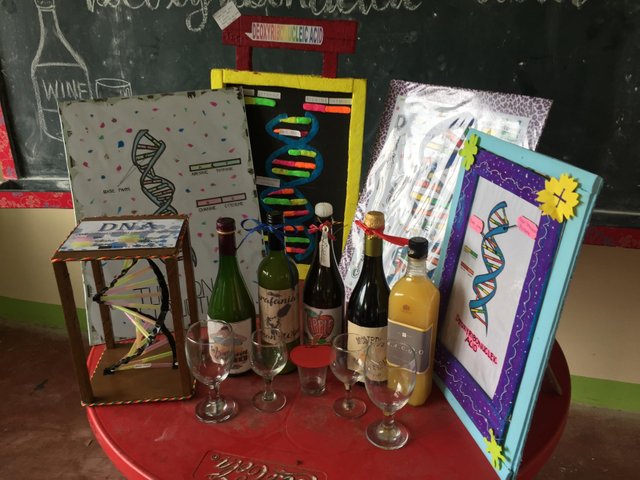
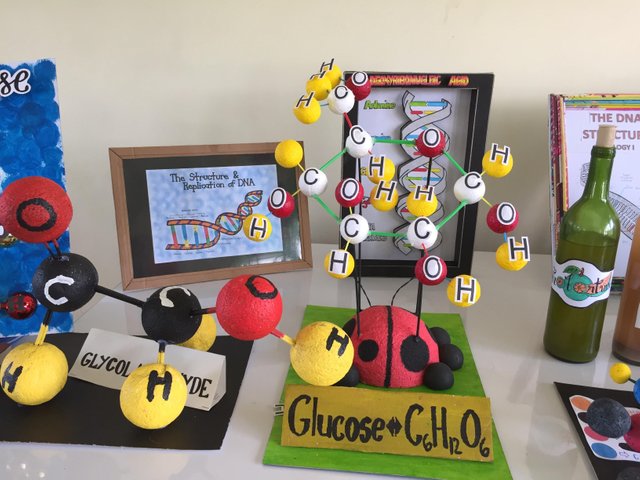
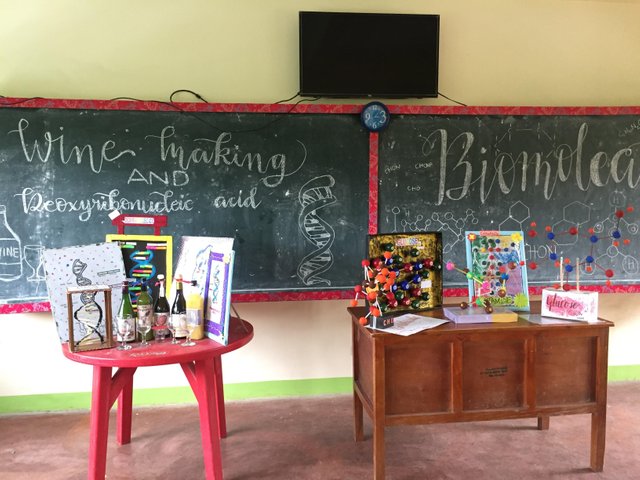
Biomolecules include large macromolecules (or polyanions) such as proteins, carbohydrates, lipids, and nucleic acids, as well as small molecules such as primary metabolites, secondary metabolites, and natural products. A more general name for this class of material is biological materials.
Biomolecule - Wikipedia https://en.wikipedia.org/wiki/Biomolecule
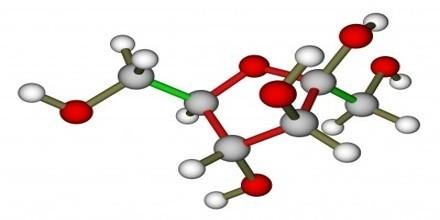
Image Source
Fermentation Process
Along with the discussion about biological molecules is the introduction to fermentation, and its value within the metabolic process of the body, and food decomposition and food production.
The class is tasked to produce a fruit wine.
Someone remarks,"Its smells like beer"! Then the whole class exploded into laughter.
It is expected that some of the output will turn into vinegar instead of wine, but nonetheless, they will understand the practicality of fermentation.
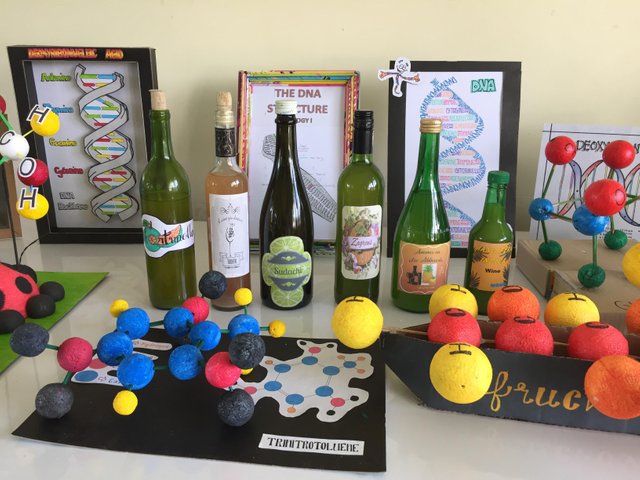
Fermentation, chemical process by which molecules such as glucose are broken down anaerobically. More broadly, fermentation is the foaming that occurs during the manufacture of wine and beer, a process at least 10,000 years old. The frothing results from the evolution of carbon dioxide gas, though this was not recognized until the 17th century. French chemist and microbiologist Louis Pasteur in the 19th century used the term fermentation in a narrow sense to describe the changes brought about by yeasts and other microorganisms growing in the absence of air (anaerobically); he also recognized that ethyl alcohol and carbon dioxide are not the only products of fermentation. https://www.britannica.com/science/fermentation

Image Source:
This 2nd week of January, they will be taking their examination in my class.
Good luck guys.
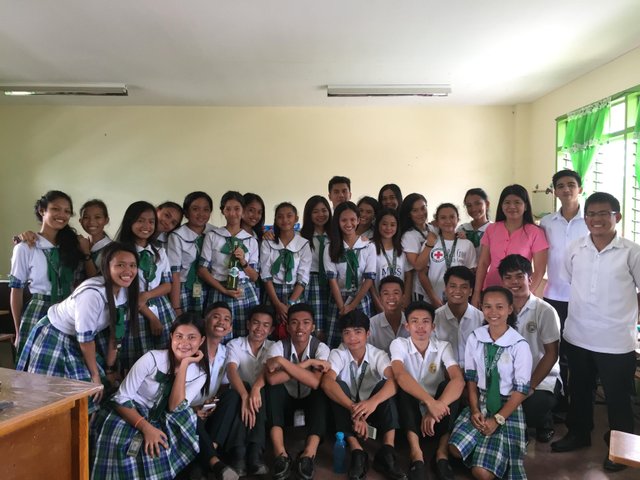
In the picture is the Department Head of Science of Anselmo A.Sandoval Memorial National High School, Mrs.Loryfe A.Manalo (wearing a pink uniform),Mr.Joel Javier, a junior highschool science teacher,and your's truly, and the rest of the graduating STEM class Sapphire.
This post has received a 3.13 % upvote from @drotto thanks to: @guruvaj.